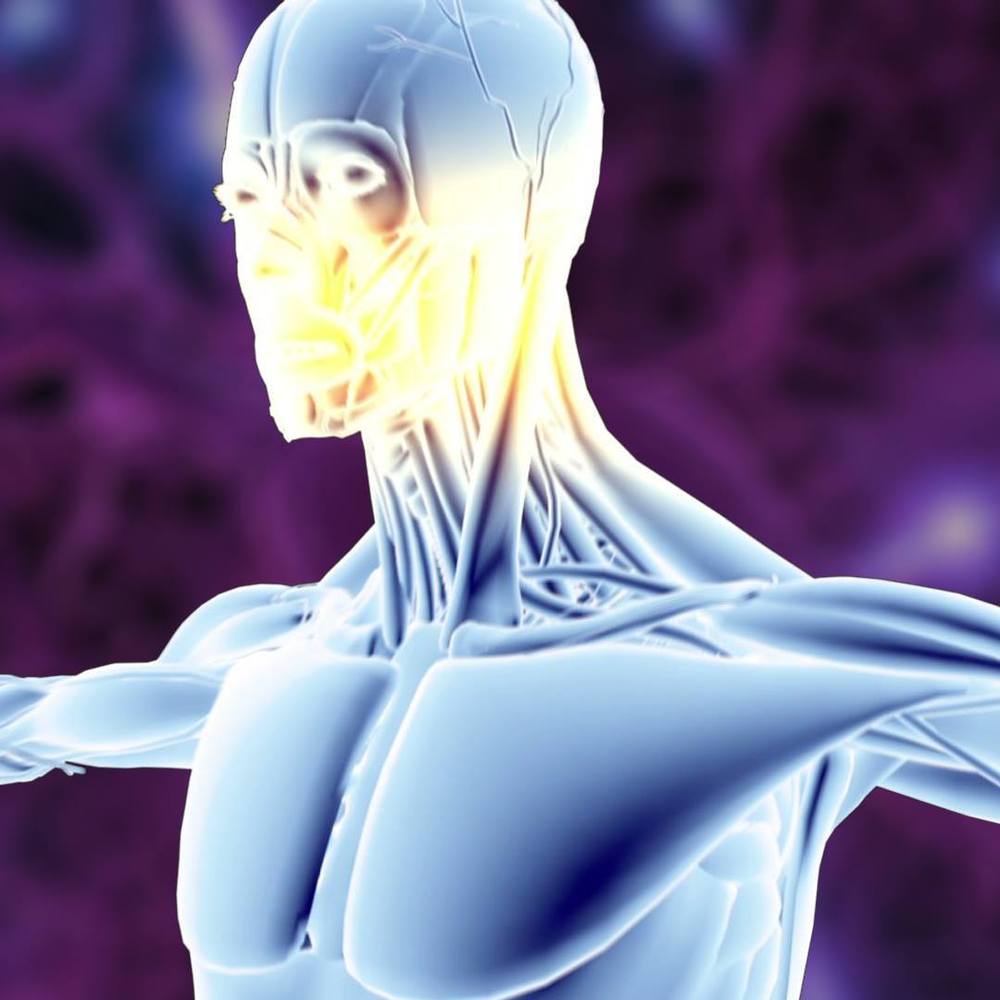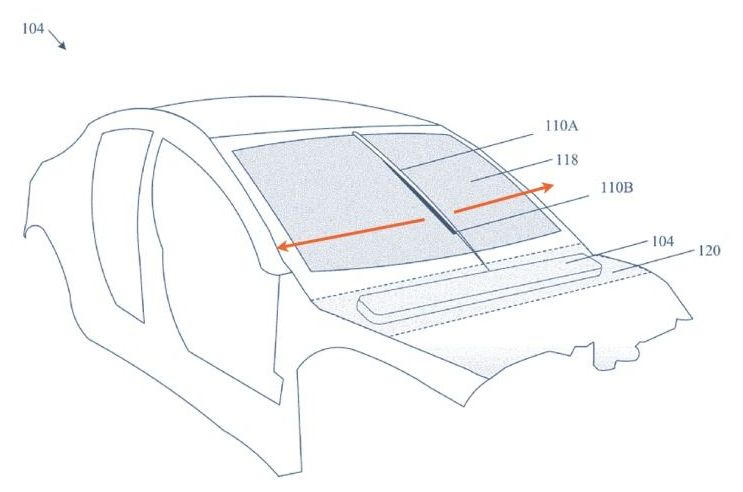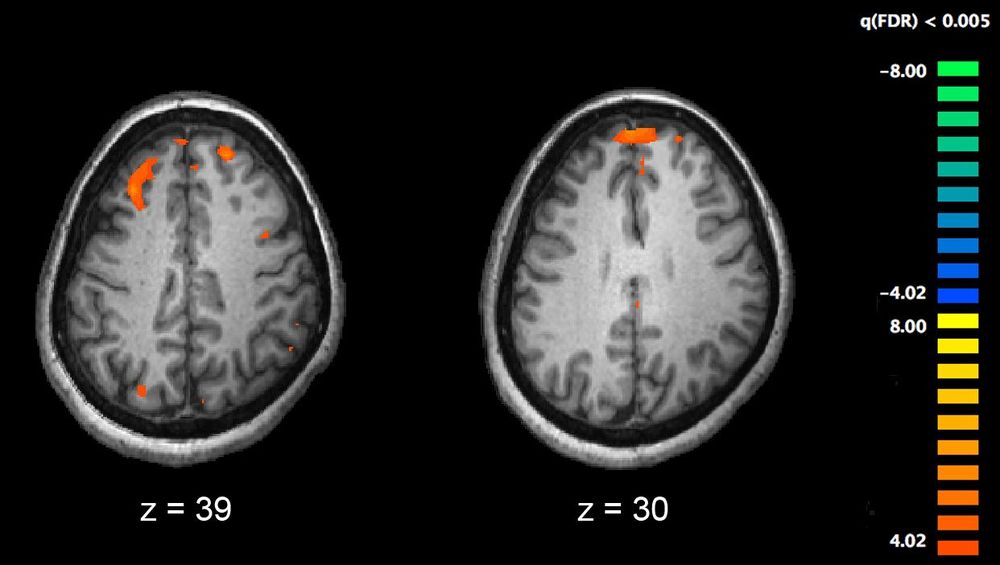[p]How a hidden coding error fueled a seven-year dispute between two of condensed matter’s top theorists.[/p].
Page 8289
Oct 5, 2019
The human body is so complex that we’re still categorizing its organs!
Posted by Paul Battista in category: biotech/medical
Oct 5, 2019
Baby stars found twisting planet-forming disks into a pretzel
Posted by Genevieve Klien in category: futurism

Thanks to this unprecedented look into the early lives of binary stars, researchers have gotten a glimpse into the complex formation of the most common stellar setup.
Oct 5, 2019
Telsa’s ‘Electromagnetic Windshield Wiper’ Patent Looks Pretty Cool For A Windshield Wiper
Posted by Genevieve Klien in category: futurism
Windshield wiper technology has been pretty stagnant since Mary Anderson came up with, basically, the swiping blades we recognize today. Sure, we have intermittent settings and rain-sensing and Mercedes had that bonkers Monoblade, but the concept hasn’t changed much since 1903. According to a patent filed in March and published just five days ago though, the reign of the single-pivot wiper may be in trouble, as Tesla has a new idea. A wiper idea.
Oct 5, 2019
The North Face’s high-tech Futurelight jackets are finally here
Posted by Quinn Sena in categories: materials, sustainability
Another interesting aspect of The North Face’s latest fabric tech is that it developed it with sustainability in mind. The company said that every Futurelight garment will be produced at a solar-powered factory, and they’ll be made from recycled materials and will go through a process that cuts chemical consumption. In other words, not only are waterproof, lightweight and comfortable, but they’re good for the environment, as well. (Or at least, not as bad as a lot of other synthetic fabrics.)
To celebrate the launch of Futurelight, The North Face built an elaborate art installation in New York City. In it, you could see its new high-tech jackets floating underneath thinly disguised marketing messages like, “WHAT IF WATERPROOF GEAR KEPT YOU DRY INSIDE AND OUT?” and “WHAT IF BREATHABILITY IS THE BREAKTHROUGH.” There was also a giant triangle displaying images of snow-covered mountains and other outdoor scenes. Of course, it was all relevant to what The North Face is known for: making clothes for adventurous people.
The North Face’s Futurelight jacket collection is available now on its site, with the men’s Flight Series jackets starting at a cool $280. And, eventually, The North Face plans to put the technology in other gear, including tents, gloves and more.
Oct 5, 2019
Dr. Kelly Drew — Institute of Arctic Biology — University of Alaska — Human Hibernation Biotech — ideaXme — Ira Pastor
Posted by Ira S. Pastor in categories: aging, bioengineering, biotech/medical, cryonics, genetics, health, life extension, neuroscience, science, space travel

Oct 5, 2019
Promising steps towards hope for a treatment for schizophrenia
Posted by Genevieve Klien in categories: biotech/medical, chemistry, food, health, neuroscience
Schizophrenia is a severe mental health condition that causes significant disability, and affects 1 in 100 people. Patients with schizophrenia commonly experience negative symptoms, which include lack of motivation, social isolation and inability to experience pleasurable feeling. The current antipsychotics minimally improve these negative symptoms, and there are no currently licensed treatments. In addition, it is estimated that total service costs for schizophrenia in England alone will be £6.5 billion by 2026. In view of this, there is considerable interest in identifying potential treatment targets for these symptoms. However, the nature of the changes in brain chemistry that contribute to these negative symptoms is unknown.
Mu-opioid receptors (MOR) are found in a region of the brain called the striatum and they play a crucial role in how we experience pleasure and reward. Our bodies naturally produce opioid molecules that include endorphins; which are hormones secreted by the brain that are known to help relieve pain or stress and boost happiness. MORs are receptors that bind these naturally produced endogenous opioid molecules, and stimulation of the MOR system starts a signalling cascade that causes an increase in motivation to seek reward and increase food palatability amongst many other effects. Interestingly, MORs were found to be reduced in the striatum post-mortem in schizophrenia. So, it was unclear whether the availability of these receptors was increased when individuals were alive, or whether reduced MORs was related to the negative symptoms of schizophrenia.
The latest brain scan research from the Psychiatric Imaging group at the MRC LMS published on 3 October in Nature Communications has reported how the MOR system contributes to the negative symptoms displayed in schizophrenia patients. For the first time, this research study showed how MOR levels are significantly reduced in the striatum region of the brain. Thus, a lack of MOR system stimulation in the brain contributes to these negative feelings that schizophrenia patients can experience.
Oct 5, 2019
Astronomers Have Traced a Single Neutrino to a Collision 3.8 Billion Light-Years Away
Posted by Genevieve Klien in categories: cosmology, particle physics
When a single neutrino was detected by a neutrino detector in Antarctica in September 2017, it was the start of something amazing. It was to become the first-ever high-energy neutrino that astronomers could trace back to an origin — a blazar galaxy called TXS 0506+056, 3.8 billion light-years away.
But, in the manner of many great discoveries, that revelation opened up a whole new can of questions, including this: why, of all the galaxies with similar properties, has a neutrino only ever been traced to this one?
Now, astronomers have found a possible answer, pinpointing the source event that produced this neutrino. The relativistic jet blasting out of a supermassive black hole could have acted as a cosmic particle collider, producing a flurry of neutrinos that, due to the shape and wobble of the jet, ended up streaming through Earth.
Oct 5, 2019
DeepMind’s AI can apply learned knowledge to complete novel tasks
Posted by Genevieve Klien in category: robotics/AI

In an experiment, DeepMind researchers investigated the extent to which AI agents could generalize learned knowledge to unseen tasks.















